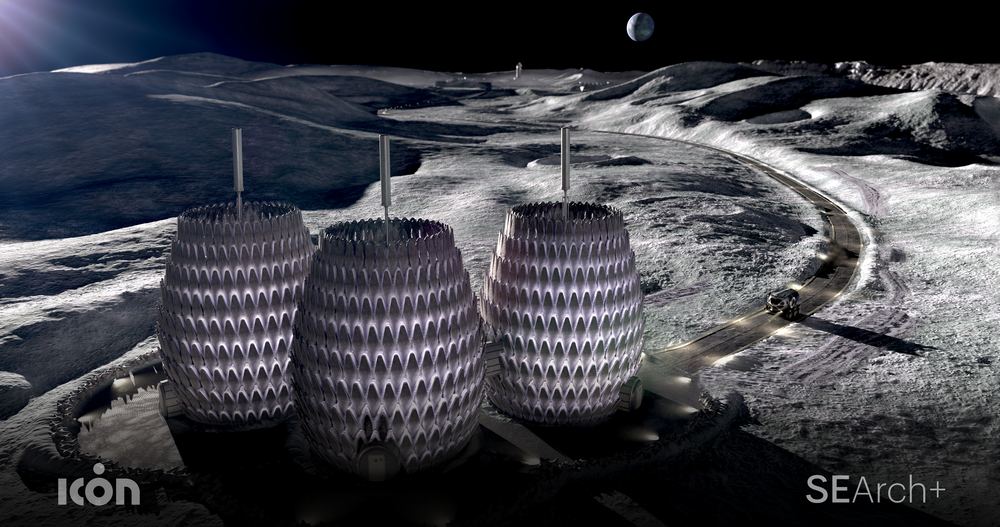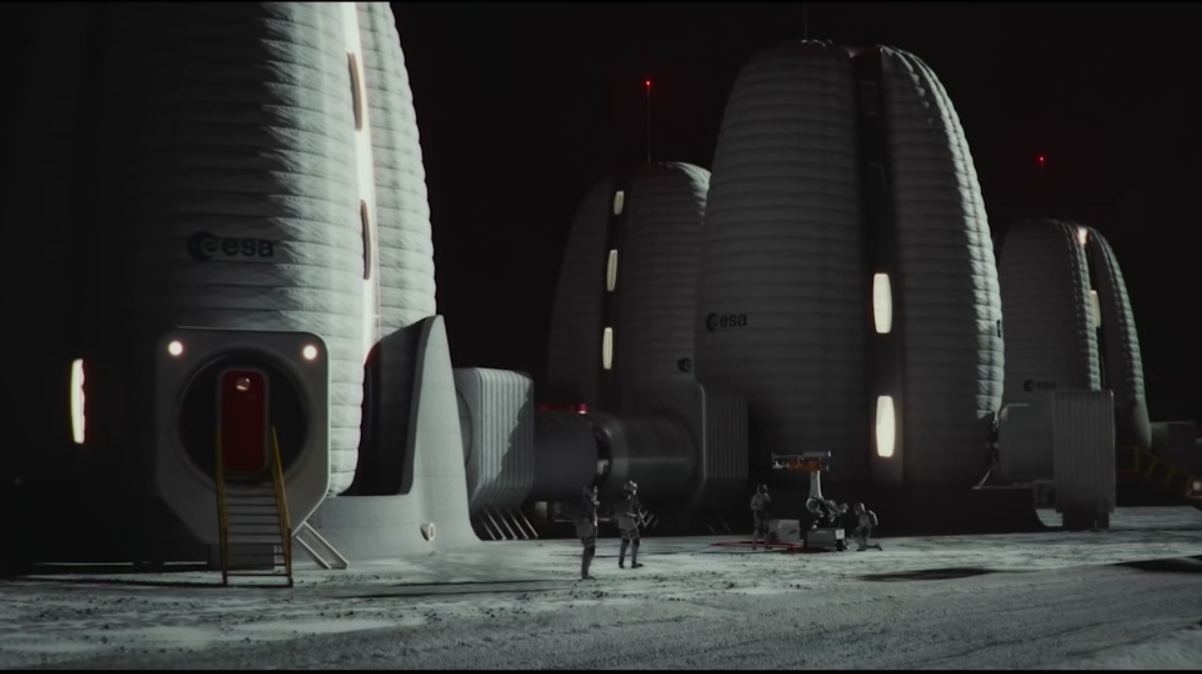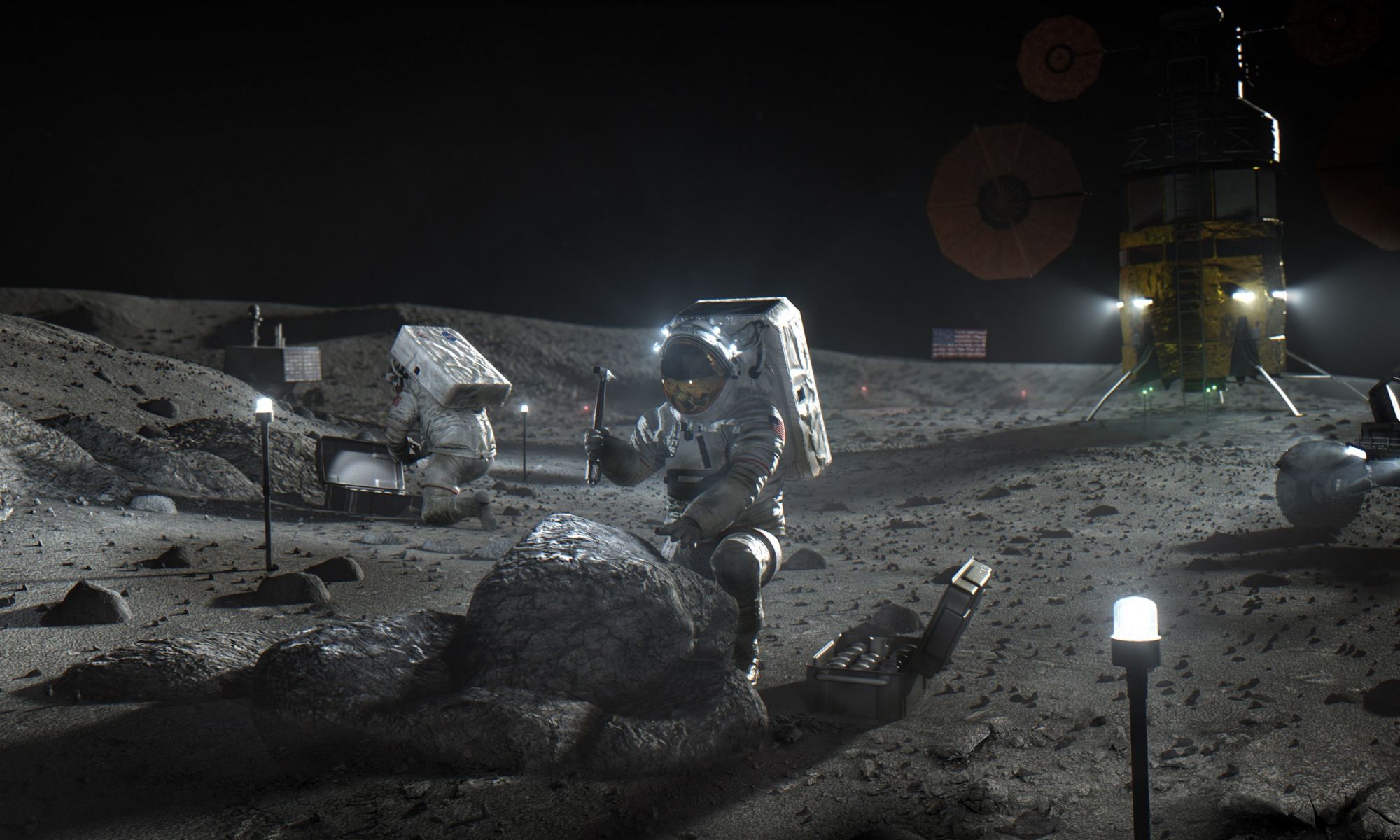Blue Origin has been busy lately. They launched their founder, Jeff Bezos, into space and put a bid in on NASA’s new Lunar Lander project. While SpaceX won that contract back in April, Blue Origin has continued to fight for their right to supply the space agency with an alternative lander. And recently, their not-quite-an-astronaut chief had added another fuel to the fire by offering to take $2 billion off the price tag of a Blue Origin lander.
Continue reading “Blue Origin Offers a $2 Billion Discount to get Back in the Lunar Lander Game”China and Russia Announce their Future Plans for the Moon, Including a Human Base
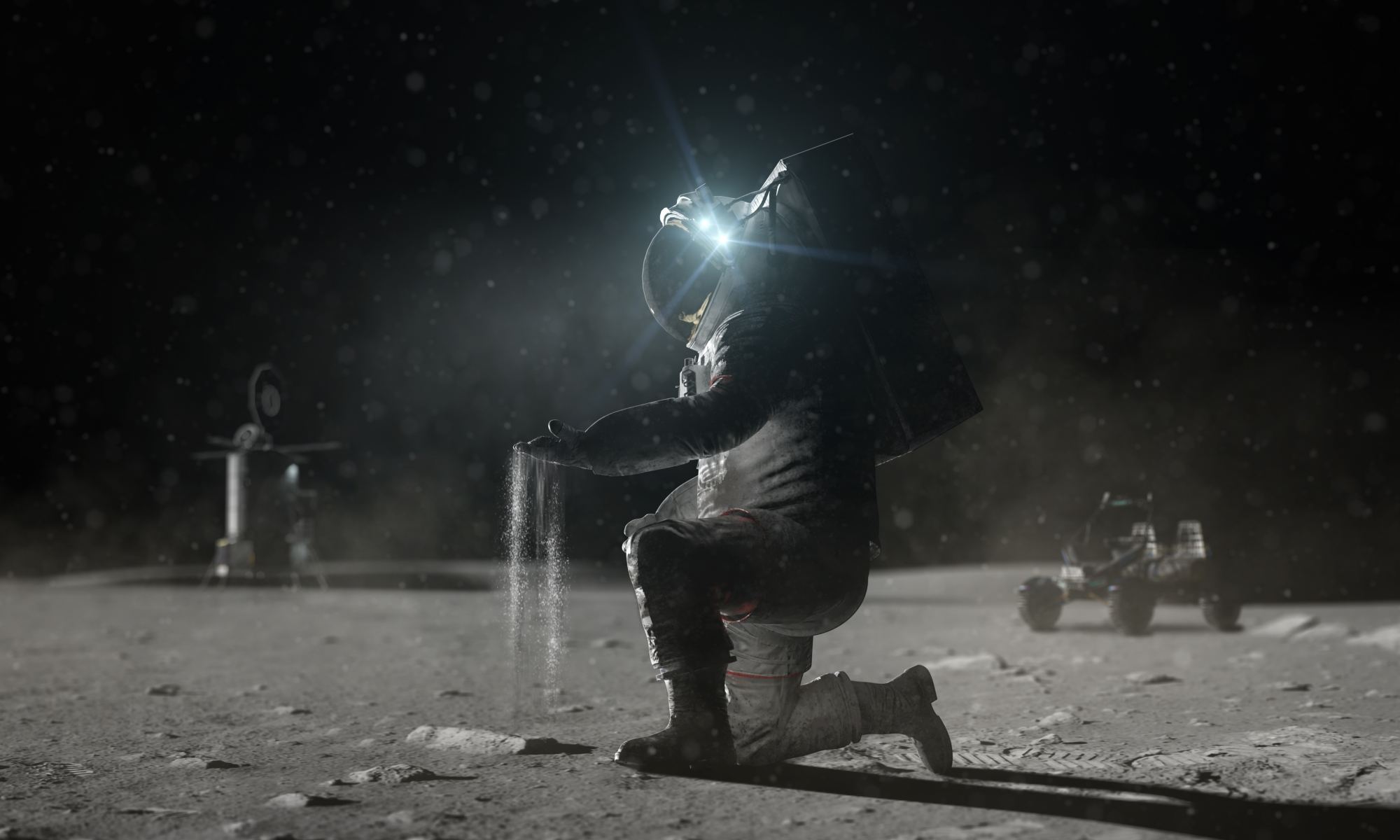
In the coming years, multiple space agencies will be sending astronauts to the Moon for the first time since the closing days of the Apollo Program. For NASA, this will represent the long-awaited “return to the Moon,” while every other space agency will see it as a tremendous step for their space programs. One thing they all have in common is that this time around, the goal is to build the necessary infrastructure that will allow for a long-term human presence.
However, amid all the excitement of this approaching moment in history are concerns about the lack of an international framework that will ensure our efforts are for the sake of “for all humankind.” Whereas NASA is seeking partners for its Artemis Program through bilateral agreements, Russia and China are pursuing an agreement of their own. They call it the International Lunar Research Station (ILRS), and they too are looking for partners in this endeavor.
Continue reading “China and Russia Announce their Future Plans for the Moon, Including a Human Base”The Lunar Lantern Could be a Beacon for Humanity on the Moon
In October of 2024, NASA’s Artemis Program will return astronauts to the surface of the Moon for the first time since the Apollo Era. In the years and decades that follow, multiple space agencies and commercial partners plan to build the infrastructure that will allow for a long-term human presence on the Moon. An important part of these efforts involves building habitats that can ensure the astronauts’ health, safety, and comfort in the extreme lunar environment.
This challenge has inspired architects and designers from all over the world to create innovative and novel ideas for lunar living. One of these is the Lunar Lantern, a base concept developed by ICON (an advanced construction company based in Austin, Texas) as part of a NASA-supported project to build a sustainable outpost on the Moon. This proposal is currently being showcased as part of the 17th International Architecture Exhibition at the La Biennale di Venezia museum in Venice, Italy.
Continue reading “The Lunar Lantern Could be a Beacon for Humanity on the Moon”Conceptual Design for a Lunar Habitat
Between now and the end of this decade, multiple space agencies plan to send astronauts to the Moon for the first time since the Apollo Era. But whereas Apollo was a “footprints and flags” affair, the current proposals for lunar exploration call for the creation of infrastructure that allow for a sustained human presence there. In addition to NASA’s Artemis Program, the ESA is also working on a plan to create an “International Moon Village.”
For years, the ESA has released teasers as to what this “successor to the International Space Station” (ISS) might look like, the latest of which is on display at the La Biennale di Venezia museum in Venice. As part of the 17th International Architecture Exhibition, the architecture firm Skidmore, Owings & Merrill (SOM) showcased their design (with technical support from the ESA) for a semi-inflatable lunar habitat that could facilitate long-term lunar settlement.
Continue reading “Conceptual Design for a Lunar Habitat”Lunar Rovers! Transform and Roll Out!
A number of missions are destined for the Moon before this decade is over. In addition to the Artemis Program, the European Space Agency (ESA), the China National Space Agency (CNSA), Roscosmos, and other space agencies have some ambitious plans of their own. These include sending robotic missions to characterize the local environment, scout out resources, and pave the way for permanent human outposts.
The Japanese Aerospace Exploration Agency (JAXA) also some very interesting lunar missions in mind. In addition to partnering with NASA on the Artemis Program and helping to create the Lunar Gateway, JAXA has the radical idea to send a transforming rover to the Moon. The data this rover collects will be used to inform the design of a pressurized rover that will allow for a sustained human presence on the Moon.
Continue reading “Lunar Rovers! Transform and Roll Out!”Move Over Artemis Accords! Behold the Lunar Governance Report and EAGLE Manifesto!
In July 1999, the Space Generation Advisory Council (SGAC) was created with the purpose of representing the “Space Generation” to the UN Office of Outer Space Affairs (UNOOSA). For this non-governmental organization and professional network, this would consist of bringing the “views of students and young space professionals to the United Nations (UN), space industry and other organizations”.
Given the importance of the Moon for all of our future space exploration goals, SGAC created an interdisciplinary group in June of 2020 that is focused on lunar policy. Known as the Effective and Adaptive Governance for a Lunar Ecosystem (E.A.G.L.E.), this group of 14 young space professionals is dedicated to ensuring that the younger generation has a voice when it comes to the development of regulations for lunar policy.
On May 12th, 2021, the SGAC released the report prepared by the EAGLE group, which outlines their ideas and proposals for how we can ensure that the regulations governing lunar activities are inclusive, effective, and adaptative. It’s known as the Lunar Governance Report, a document that will be presented during the 2021 meetings of the UN Committee on the Peaceful Uses of Outer Space (COPUOS).
Continue reading “Move Over Artemis Accords! Behold the Lunar Governance Report and EAGLE Manifesto!”Astronauts Could Dust off Themselves and Equipment on the Moon With an Electron Beam
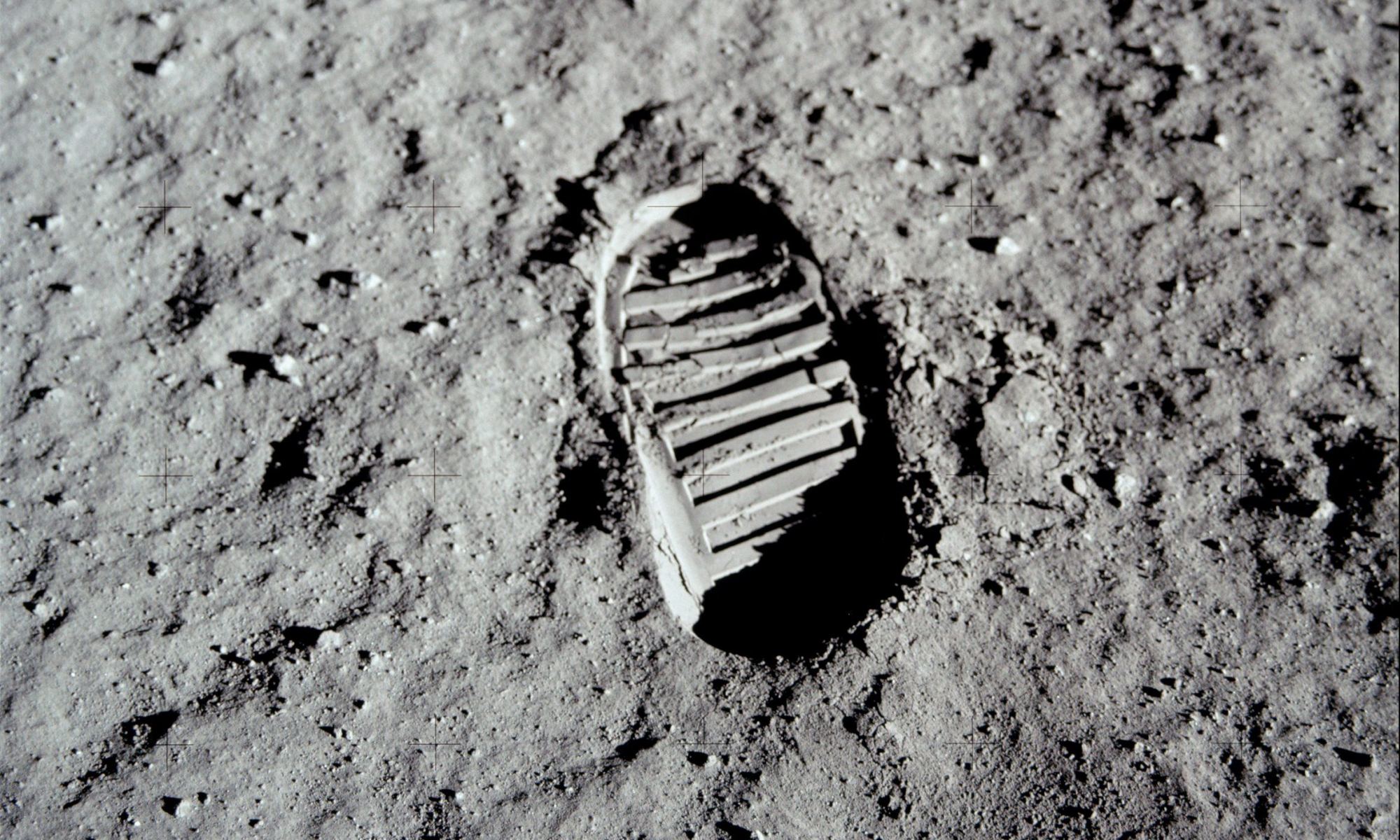
In the coming years, NASA will be sending astronauts to the Moon for the first time since the Apollo Era. This time, and as part of the Artemis Program, NASA also plans to build the necessary infrastructure to establish a sustained human presence on the Moon and eventually missions to Mars – including the Artemis Base Camp and the orbiting Lunar Gateway.
They’ll be getting some new equipment, such as the exploration Extravehicular Mobility Unity (xEMU) spacesuit and a fancy new lunar lander. Of course, as the Artemis astronauts will also have to deal with the same hazards as their predecessors – not the least of which is lunar dust (or regolith). Luckily, NASA is investigating a possible solution in the form of a handheld electron/ultraviolet (UV) device that could mitigate this hazard.
Continue reading “Astronauts Could Dust off Themselves and Equipment on the Moon With an Electron Beam”It’s Official, Astronaut Bill Nelson is NASA’s new Administrator

On March 19th, 2021, the Biden Administration announced that they had nominated a successor for the role of NASA Administrator. Their nominee was Sen. Clarence William Nelson II (aka. Bill Nelson), a Democratic Senator from Florida, an attorney, and a former payload specialist at NASA. On Monday, May 3rd, he assumed the role of 14th NASA Administrator during a ceremony where he was given the oath of office.
Continue reading “It’s Official, Astronaut Bill Nelson is NASA’s new Administrator”NASA Picks SpaceX to Land Astronauts on the Moon!
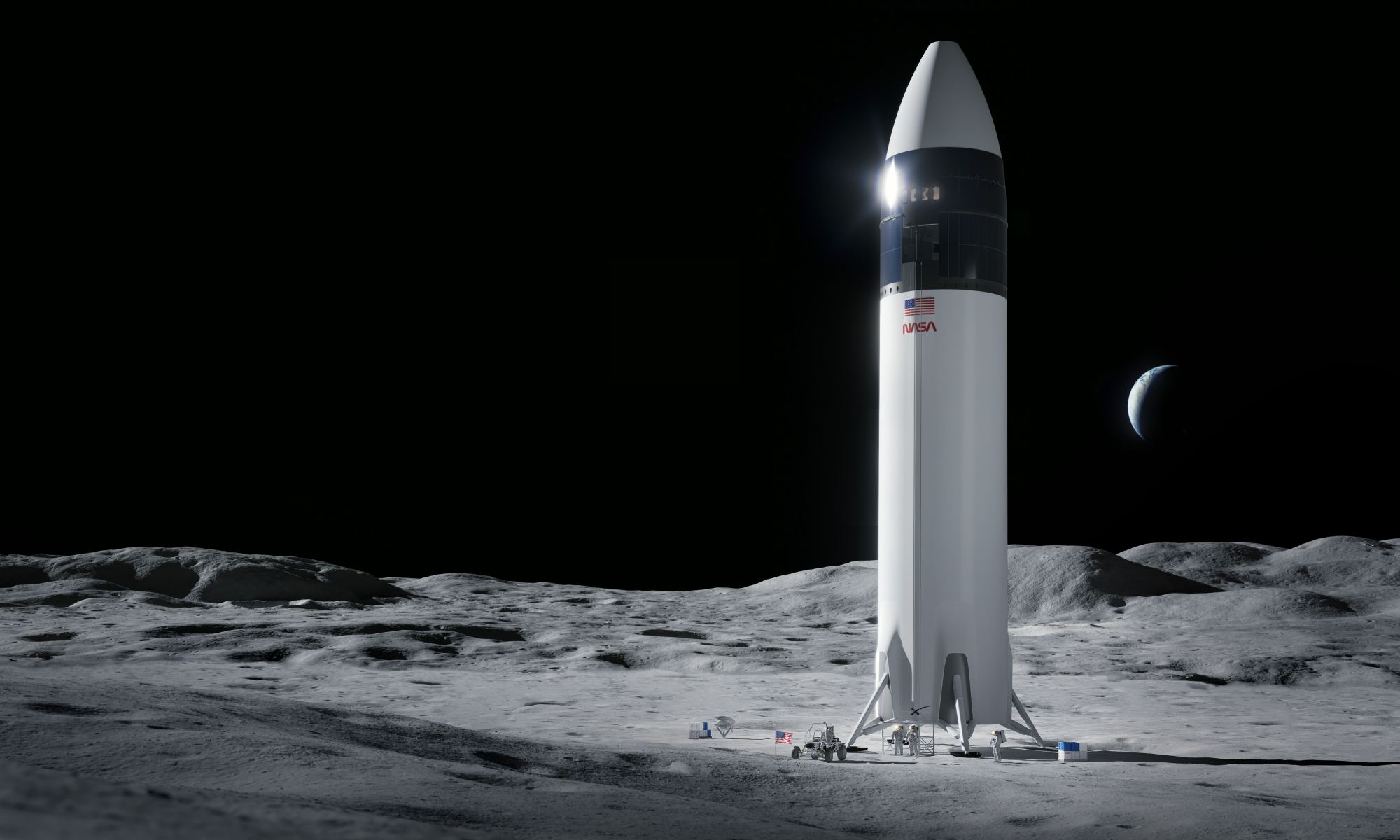
As part of the Artemis program, NASA is gearing up to send the “first woman and next man” to the Moon by 2024. Central to this is the development of the Space Launch System (SLS), the most powerful rocket since the Saturn V that took the Apollo astronauts to the Moon, and the Orion spacecraft. But after these elements transport astronauts to Lunar orbit, they will need a lander to take them to and from the surface.
For this reason, NASA contracted a number of commercial partners to develop a Human Landing System (HLS). After much consideration, NASA announced on Friday, April 16th, that they had selected SpaceX to continue developing their concept for a lunar lander. When American astronauts return to the Moon for the first time in fifty-two years, it will be a modified version of the Starship that will bring them there.
Continue reading “NASA Picks SpaceX to Land Astronauts on the Moon!”This Time NASA’s SLS Hotfire Goes the Full 8 Minutes
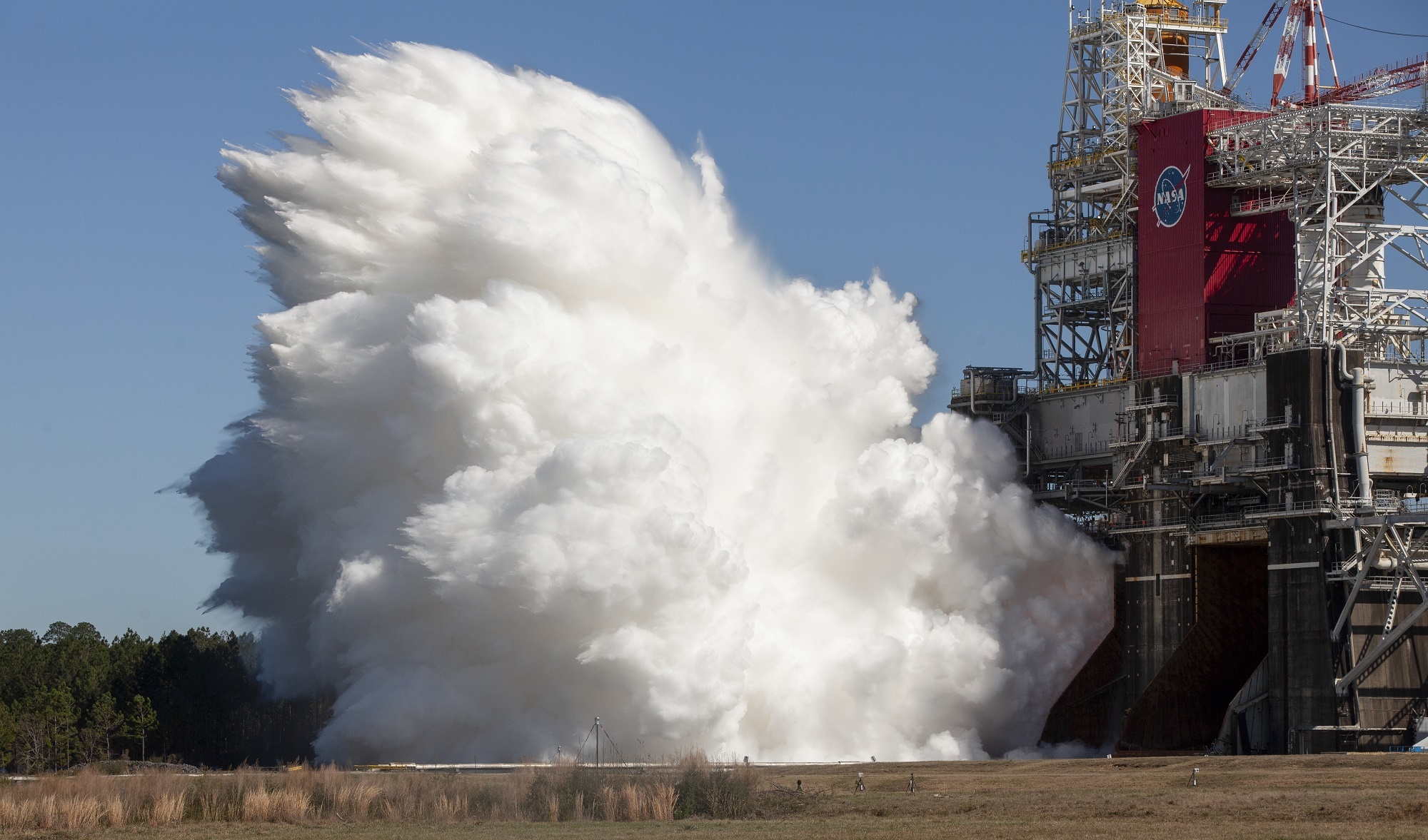
When NASA’s Space Launch System (SLS) is fully integrated, assembled, and finished with testing, it will be the most powerful rocket since the Saturn V that carried the Apollo astronauts to the Moon. To get it there, NASA has been conducting a testing campaign known as the Green Run, an 8-step assessment that culminates in a test-firing of all four of the Core’s RS-25 engines (aka. a “Hot Fire” test).
On January 16th, NASA made its first attempt at a Green Run Hot Fire test at the Stennis Space Center’s B-2 Test Stand in Mississippi, which only lasted for about one minute. Another attempt was made on Thursday, March 18th, where all four engines fired for 8 minutes and 19 seconds. This successful fire test is a crucial milestone for the SLS and brings it one step closer to sending astronauts back to the Moon.
Continue reading “This Time NASA’s SLS Hotfire Goes the Full 8 Minutes”

